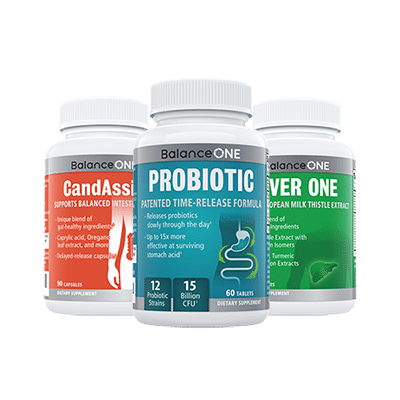Staying Active with Rock Climbing
This is part of a short series of articles that I have written on travel. I have always thought that one of the best ways to improve your health and beat Candida is by staying active and challenging yourself to do new things. International travel just happens to fit those criteria perfectly. So get on a boat or an airplane, start traveling, and enjoy the reduction in your Candida symptoms and improvement in your overall health!
Rock climbing is a physically strenuous form of entertainment and exercise that involves either climbing up a mountain or rock to a particular spot, or climbing up an artificial rock structure. While climbing in an indoor climbing gym is relatively safe, the same can not be said for rock climbing that is undertaken out of doors. Climbing up the face of a rock or mountain requires specialized rock climbing equipment as well as instruction.
Although the equipment list for rock climbing can be extensive, some basic items are a harness from which to place other equipment, ropes, helmet, carabiners, quickdraws , belay devices , and rappelling devices. Different equipment is used in different ways depending on the type of rock climbing that is practiced.
Styles of Rock Climbing
Aid Climbing
Traditional Rock Climbing
Sport Climbing
Bouldering
Free Soloing
Solo Aid
Scrambling
Deep Water Soloing
Mixed Climbing
Rope Solo
Simul Climbing
Top Roping
Rock Climbing Tips and Advice
Advice for Rock Climbers
Video with Tips
Rock Climbing Secrets
Rock Climbing Tutorial
Important Rock Climbing Tips
Rock Climbing Destinations
Rock Climbing in the beautiful Yosemite
West Virginia and Rock Climbing
Baltistan, Pakistan
Rumney, New Hampshire
Wolfberg Mountains in South Africa
Rock Cliimbing in Mexico
Sierra Nevada de Lagunas Bravas on the Border of Chile and Argentina
Almost Perpendicular and Claudius Smith Den Loop
Rock Climbing Organizations
USA Climbing
American Safe Climbing Association
List of Climbing Organizations
Southern California Mountaineers Association
Pinnacles National Monument
Glossary
A glossary of key terms that are used in rock climbing can be useful, particularly when first starting out. This web page has a glossary with terms and definitions for ice, mountain, and rock climbing.
Anchor: the junction at which the rock and rope that is fixed to it meets
Belay: when a climber above is secured
Belayer: person securing the climber at the belay station
Boulder: ropeless climbing on boulders or at the bottom of a climb when the height is safe from which to jump
Buttress: a portion of a rock or mountain that is located in the foremost position when compared to the larger rock or mountain formation
Chalk: this powder helps to make the hands sticky when confronted with smooth rock
Clove hitch: a climbing knot that is easily adjusted and useful as well
Crag: climbing area that is small
Feet: are footholds used in rock climbing
Handle: typically found in rock gyms, this is a banana shaped hold
Harness: an apparatus wore around the upper body to which climbing equipment is attached
Hold: a portion of the rock or mountain that can be held on to
Pocket: a small area that is concave in the rock from which a hold can be made
Rack: the equipment that is carried when climbing a rock or mountain
Rappel: sliding down a rope when descending a rock or mountain
Rating: each climb is given one based on its difficulty
Scrambling: easy climbing with no rope necessary
Slack: a climber yells this word when more rope is needed
Sport climbing: this is climbing of a competitive nature
Tick marks: useful marks that are chalked to indicate holds when climbing
Top rope: using a safety rope that is secured to the top of a rock or mountain while free climbing
Traverse: climbing in a horizontal fashion

